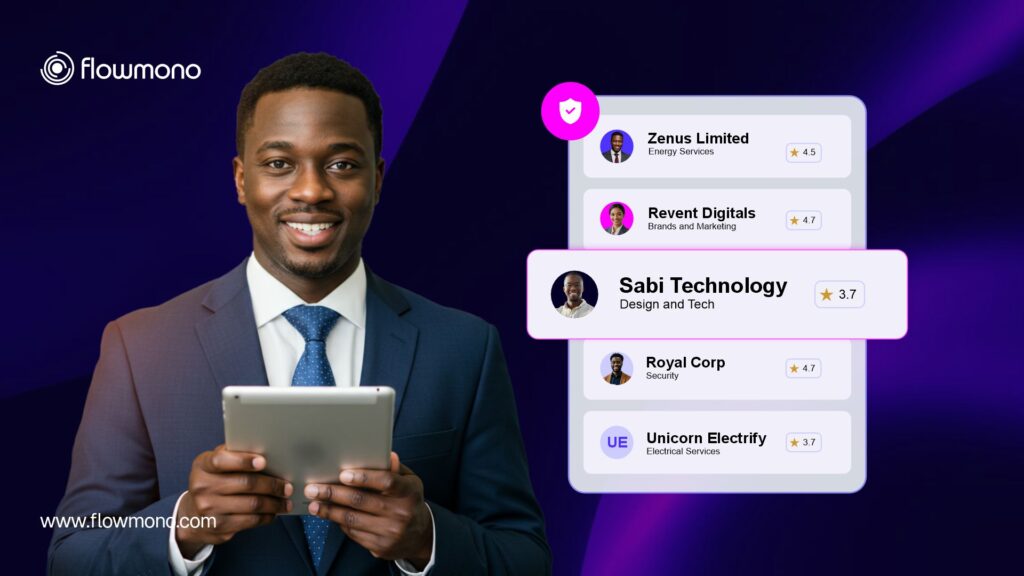
The vendor onboarding process is more than just a formality; it’s the foundation of a healthy and compliant supply chain. But for many businesses, it’s a manual, fragmented journey filled with paperwork, back-and-forth emails, and frustrating delays. This clunky process not only creates a poor first impression for new partners but also introduces significant security and compliance risks.
A smooth, automated vendor onboarding process is a strategic advantage. It ensures you have all the necessary information and documents from day one, while also providing a seamless and professional experience for your new partners. This guide walks you through the essential steps of a modern, efficient vendor onboarding process.
Phase 1: The Digital First Impression
The moment a potential vendor agrees to work with you, the clock starts. The goal of this phase is to collect all critical information and legal agreements as quickly as possible, digitally.
1. Automated Information Collection: Instead of emailing spreadsheets, send new vendors a secure digital form. This form should be intelligent, asking for all necessary information, from company details and banking information to tax IDs and compliance certifications. Once submitted, the data is automatically saved to a centralized database, eliminating manual data entry.
2. Instant Contract Execution: The vendor agreement and NDA are the most critical documents in this phase. Use a legally compliant e-signature solution to send these documents instantly. The vendor can review and sign from any device, cutting the time to a signed contract from days to minutes. This ensures you have a legally binding agreement in place before any work begins.
Phase 2: The Approval & Vetting Workflow
Once the documents are signed, it’s time for internal review. This phase is where an automated workflow truly shines, ensuring every step is followed without fail.
1. Rule-Based Approvals: Your automated workflow should automatically route the vendor’s submission to the correct internal stakeholders. For example, a request over a certain amount could automatically go to the finance director, while a new IT vendor’s form is routed to the CIO for security approval. This ensures the right people are involved at the right time.
2. Real-Time Status Tracking: With a digital workflow, every action is logged. This gives you a clear, real-time view of where each vendor’s onboarding stands. You can see who has reviewed a document, who still needs to provide approval, and where any bottlenecks are occurring. This transparency eliminates the need for manual check-ins and follow-up emails.
Phase 3: The Integration & Archiving
The final phase is about seamlessly integrating the new vendor into your ecosystem and securely archiving their data for future reference.
1. Seamless System Integration: The data collected in Phase 1 shouldn’t just sit in a silo. Your automated workflow should be able to integrate with your existing systems. The vendor’s information should automatically populate your ERP, CRM, or accounting software, ensuring all your systems are up-to-date.
2. Secure Document Archiving: All signed contracts, agreements, and forms should be automatically archived in a secure, centralized document management system. This ensures a single source of truth for all vendor data, complete with an unchangeable audit trail for compliance and legal purposes.
Flowmono: Your Partner for Effortless Vendor Onboarding
A smooth vendor onboarding process is a competitive advantage that starts with the right technology.
Flowmono is the all-in-one platform designed to make this process seamless and secure. Our solution provides:
1. No-Code Workflow Automation: Easily build and deploy automated onboarding workflows that perfectly fit your business needs.
2. Legally Compliant E-Signatures: Accelerate contract execution and ensure every agreement is legally binding with our secure e-signature solution.
3. Centralized Document Management: Store all your vendor documents in one secure, accessible location, complete with a tamper-proof audit trail.
4. Seamless Integrations: Connect Flowmono to your existing business systems to ensure a unified flow of information and eliminate manual data entry.
By leveraging Flowmono, you can transform your vendor onboarding from a headache into a streamlined, secure, and professional process.
![]()